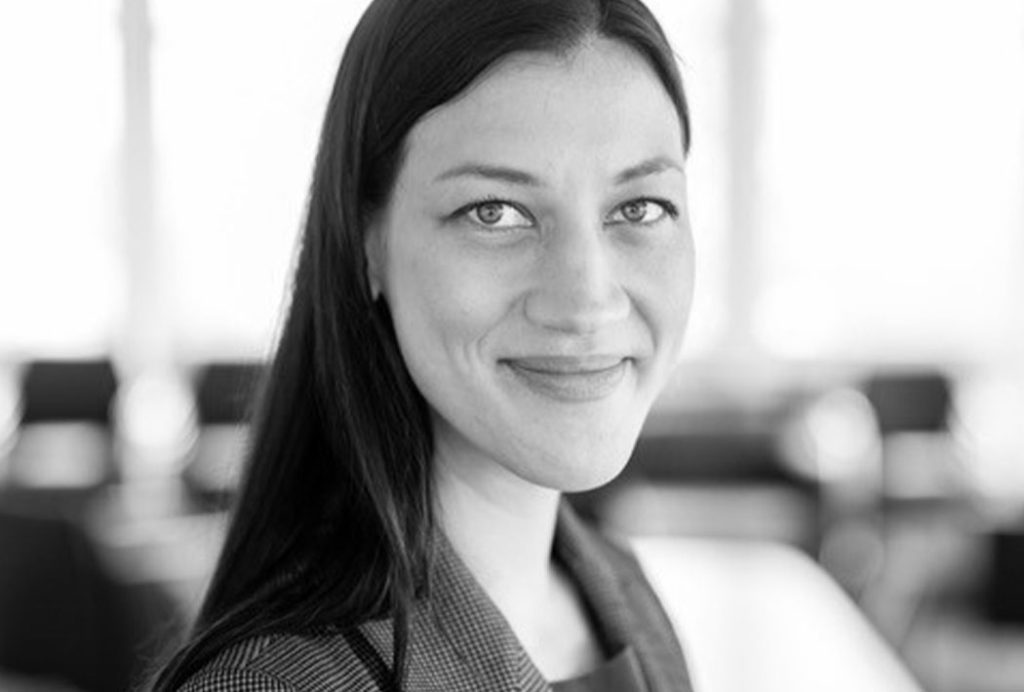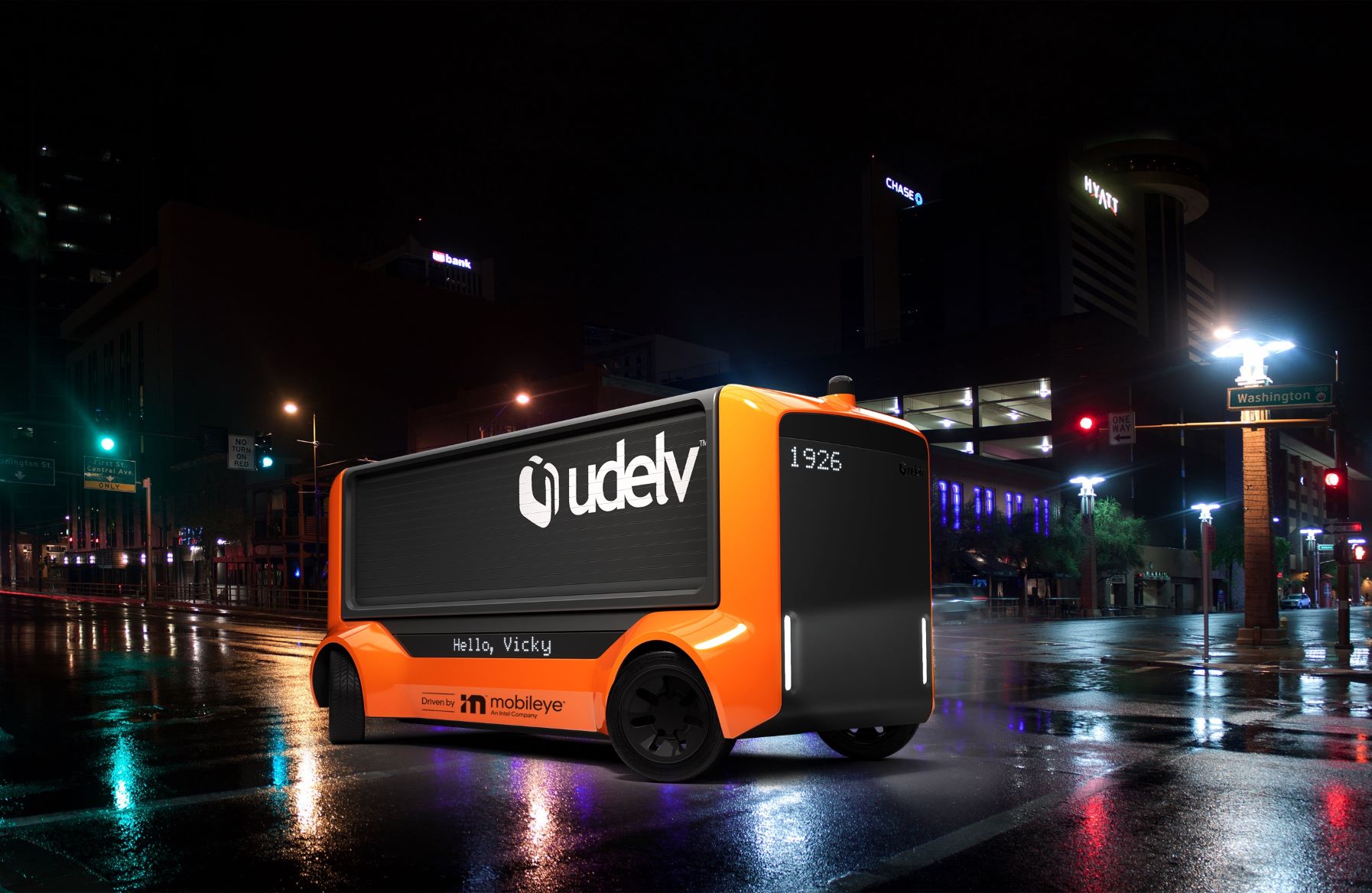The 2021 SHIFT Mobility “SHIFTx” conference, which took place in Berlin on September 2nd and 3rd, kicked off with a deep and wide-ranging discussion about the future of cities and transportation. The combination in-person and livestreaming “mixed reality” event brought together experts from across multiple sectors of the transportation and mobility space, combining remote and in-person discussions among folks throughout the industry, as well as those from various academic and nonprofit institutions.
Opening remarks were delivered by Johann Jungwirth, vice president of mobility-as-a-Service (MaaS) at Mobileye, an Israeli subsidiary of Intel that develops AI and computer vision-based self-driving cars and driver-assistance systems. Jungwirth gave a broad strokes look at the problems with our current transportation infrastructure: Millions of people around the globe unable to drive due to disabilities, along with 1.35 million traffic deaths and 50 million traffic injuries per year—to name just a couple. Jungwirth outlined his vision for how we’re tasked with solving these problems; his perspective, and that of the conference more generally, is centered largely around a vast network of driverless vehicles, eventually allowing billions of people to enjoy easier, safer, more efficient commutes. This comes with a number of significant knock-on effects: vastly lower energy consumption, decreasing costs for the average commuter and other drivers, and massively improved accessibility—leading to societal benefits like lower unemployment rates, reduced delivery costs, and greater all-around mobility.

The rest of the morning was spent digging into the hurdles and friction involved in making this future a reality, both technically and sociologically. Dr. Maximilian Fichtner, Director of the Center for Electrochemical Energy Storage (CELEST), spoke about the advancements in the development of more efficient battery packs for electric vehicles from passenger vehicles to trucks—combining new design methodologies, better engineering, and a broader range of materials. In a later discussion, Dr. Auke Hoekstra, founder at ZenMo Simulations and program director at NEON Research, spoke to the various ways in which we’re able to eke even more efficiency out of both existing and future electric infrastructure, such as car chargers that don’t start charging immediately, but rather wait until the most effective time of day—i.e. when renewable energy is most readily available to the energy grid.
Aimee Boulanger, executive director at the Institute for Responsible Mining Assurance (IRMA), spoke to the need to ensure responsible mining of the raw materials required for the battery packs powering EVs. She spoke about the complications involved in lithium extraction—water use, in particular, and how this affects the environment, and surrounding indigenous communities. “Telling a community in southern Chile not to worry, because these materials are going to be used towards renewable energy—this is not enough,” she explained. She went to illustrate the need for circular economies—putting back in what we take out, as well as the need for greater transparency from these industries: “Today, we have a better understanding about the food we eat; can we have that consciousness around these materials we dig out of the earth? These materials come with an impact, so let’s understand that,” she said.
In talking about the future of autonomous vehicles in a panel called “Will Robots Drive the Future of Mobility?”, Dr. Hartmut Ayrle, CCO at EFEU Campus Bruchsal, spoke to the complications involved in legislation around this growing industry—pointing out, for instance, that insurance companies will have a growing interest in self-driving technology, because it makes drastically fewer driving errors than humans do. “This will be appealing because they diminish the primary risk,” he said, pointing at himself—namely, the driver. Karina Ricks, director of mobility and infrastructure for the City of Pittsburgh in the US, pushed the idea of not relying entirely on electric technology: “We can’t just say we’re going to electrify, but travel the way we’ve been doing,” she said. “Walking, bicycling, changing land use, using more digital technology [for work, rather than commuting], as we did during the pandemic. We need to change the way we travel. It’s not enough to simply electrify it.” The continued growing popularity and rising sales of e-bikes, e-scooters, and other electrified personal transportation devices suggest that this trend is already underway.

Regarding the most distinctly futuristic scenarios around airborne autonomous vehicles (read: flying cars), Daniela Richter, project lead at Windrove & UAM (Urban Air Mobility), spoke of what she calls an upcoming “traffic revolution,” and her belief in “the Hamburg way.” This approach, currently being implemented in the German city, is “designed around starting with smaller drone projects that have a clear benefit for society.” She gave the example of a local program called Medifly, which delivers medical supplies to hospitals via drones, when time is a critical factor and city traffic creates friction. “We want to learn from such projects first, and then go on to establish urban air mobility in a broader way.”
Finally, the importance of a “multi-modal” transportation future was a recurring theme that spanned various panels. This is essentially the concept that instead of relying on a single option like a bicycle or train to get around, citizens (particularly in urban areas) have access to multiple and varied transportation options, to account for circumstances like weather, physical health, and whatever else life can throw at us. Maybe you’re able to ride an e-bike to work on most days, and take a bus on rainy days or when you’re not feeling up to it. Or maybe your commute allows you to ride a provided e-bike to the train station, and then pick up a new one on your way back home. Which sums up the sense one got from the conference more broadly: that there are no easy or streamlined answers here, and that every city—every neighborhood, even—will have its own unique challenges. That is to say, let’s be prepared with as many solutions as we have problems in solving our current transportation woes.
On-demand streams from SHIFTx will be available for free starting on September 6th at the Shift Mobility website.















